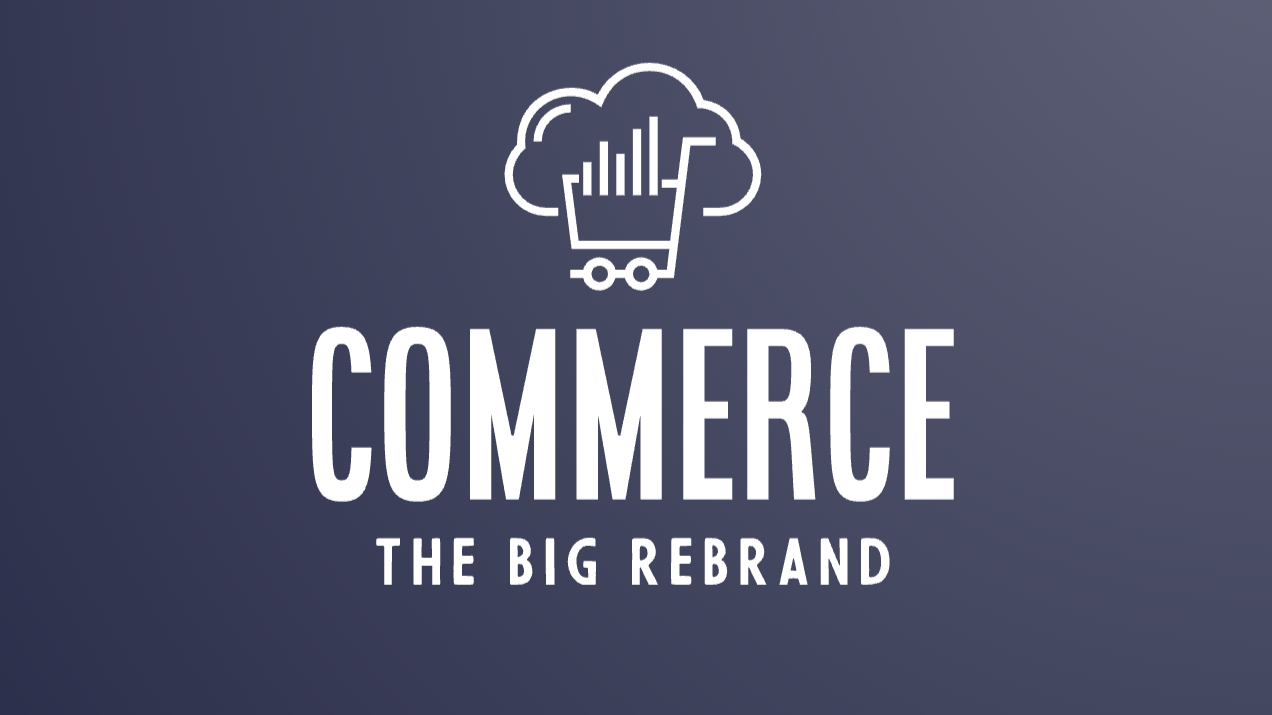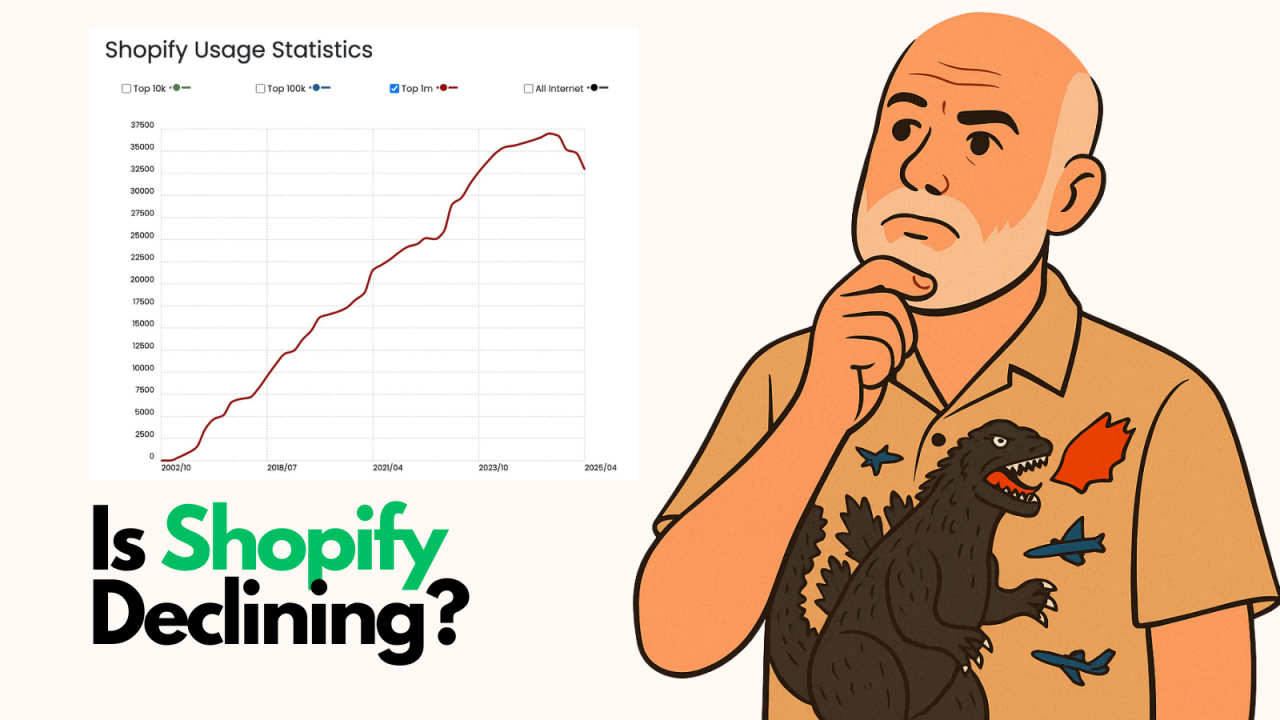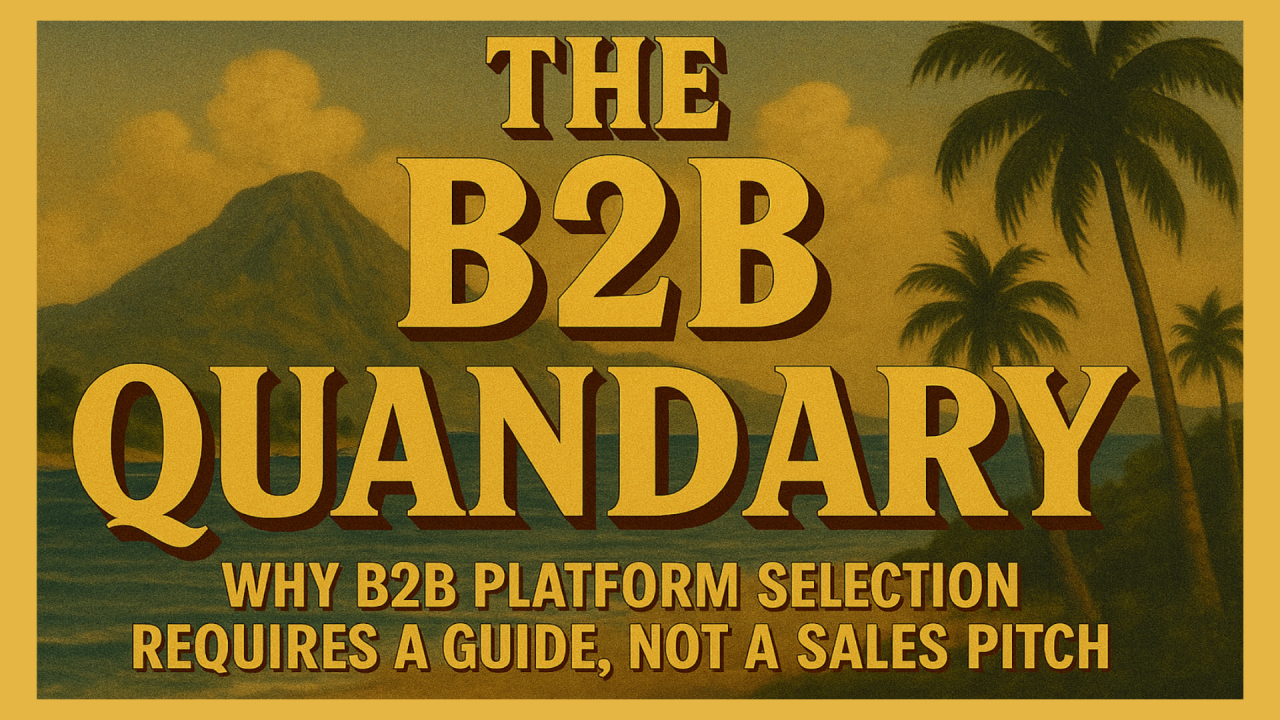
Are you tired of your website being buried deep in the search engine results? Do you want to drive more traffic to your site and increase your online visibility? Look no further than on-page SEO. This essential technique involves optimizing your website's content and structure to make it more search engine-friendly. But for beginners, the world of on-page SEO can be overwhelming and confusing. That's why we've put together this beginner's guide to help you navigate the basics and get started on the path to higher search engine rankings. From keyword research to content optimization, we'll cover all the essential techniques you need to know to boost your page rank on Google. So, whether you're a small business owner or a content creator, read on to learn how to enhance your website's visibility and drive more traffic to your site.
Before diving into the specifics of on-page SEO, it's important to understand how search engines like Google rank websites. Google uses a complex algorithm to determine the relevance and authority of a website, taking into account hundreds of factors such as content quality, backlinks, and user experience. While the exact details of Google's algorithm are closely guarded secrets, there are some general principles that can help guide your on-page SEO strategy.
One of the most important factors in Google's ranking algorithm is relevancy. This means that Google tries to match search queries with the most relevant content on the web. To do this, Google looks for keywords and phrases that match the user's search terms, as well as other factors like the user's location and search history.
Another key factor in Google's algorithm is authority. Authority refers to the overall quality and credibility of a website, as determined by factors such as backlinks, social signals, and user engagement. The more high-quality backlinks a website has, the more authority it has in the eyes of Google. Similarly, websites with high levels of user engagement, such as comments and social shares, are seen as more authoritative than those with little engagement.
To improve your page rank on Google, it's important to focus on both relevancy and authority. This means creating high-quality, relevant content that is optimized for your target keywords, as well as building a strong network of backlinks and social signals.
One of the most important aspects of on-page SEO is keyword research and analysis. Keywords are the words and phrases that people use to search for information on the web. By optimizing your website for the right keywords, you can increase your chances of ranking higher in search engine results pages (SERPs).
To begin your keyword research, start by brainstorming a list of potential keywords that are relevant to your website and your target audience. You can also use keyword research tools, such as Google Keyword Planner or SEMrush, to find popular keywords and phrases related to your industry.
Once you've compiled a list of potential keywords, it's important to analyze their search volume, competition level, and relevance to your website. Look for keywords with high search volumes and low competition levels, as these will be easier to rank for than highly competitive keywords.
It's also important to consider the intent behind each keyword. For example, a keyword like "best restaurants in New York City" suggests that the user is looking for recommendations for restaurants, while a keyword like "how to make pasta" suggests that the user is looking for a recipe. By understanding the intent behind each keyword, you can create content that meets the user's needs and matches their search intent.
Once you've identified your target keywords, it's important to optimize your website's title tags and meta descriptions. These are the HTML elements that appear in search engine results pages (SERPs) and provide a brief summary of your website's content.
The title tag is the main headline that appears in SERPs and at the top of your browser window. It should include your target keyword and be no more than 60 characters long. The meta description is a brief summary of your website's content that appears beneath the title tag in SERPs. It should be no more than 155 characters long and include your target keyword as well as a call-to-action to encourage users to click through to your website.
By optimizing your title tags and meta descriptions, you can increase your click-through rate (CTR) and improve your website's visibility in search engine results.
Once you've optimized your title tags and meta descriptions, it's time to focus on optimizing your website's content. This involves using header tags (H1, H2, H3, etc.) to organize your content and make it more readable for both users and search engines.
The H1 tag should be used for your main headline, while H2 and H3 tags can be used for subheadings and supporting content. By using header tags to organize your content, you can make it easier for users to skim and find the information they need.
It's also important to include your target keywords throughout your content, but be careful not to overdo it. Keyword stuffing, or using too many keywords in your content, can actually hurt your page rank and make your content appear spammy.
Instead, focus on creating high-quality, relevant content that provides value to your target audience. Use your target keywords strategically, but always prioritize user experience and readability.
Another important aspect of on-page SEO is internal linking and site architecture. Internal linking involves linking to other pages within your website, while site architecture refers to the overall structure and organization of your website.
By using internal links to connect related pages and content on your website, you can make it easier for users to navigate and find the information they need. Internal linking also helps search engines understand the hierarchy and organization of your website, which can improve your page rank and visibility in search engine results.
It's also important to pay attention to your website's site architecture. This involves organizing your content into categories and subcategories, creating a logical hierarchy that makes it easy for users and search engines to navigate. By creating a clear and organized site structure, you can improve your website's user experience and make it more search engine-friendly.
Images can be a valuable asset to your website, but they can also slow down your page speed and hurt your page rank if they're not optimized properly. To optimize your images for on-page SEO, it's important to follow a few best practices.
First, make sure to compress your images to reduce their file size and improve your page speed. You can use tools like Photoshop or online image compression tools to do this.
Second, make sure to include alt text for each image. Alt text is a brief description of the image that appears when the image cannot be displayed, such as in the case of slow internet speeds or disabled images. Alt text helps search engines understand the content of your images, which can improve your page rank and visibility in search engine results.
Finally, make sure to name your image files using descriptive, keyword-rich file names. This can help search engines understand the content of your images and improve your page rank for relevant search terms.
In today's mobile-first world, it's essential to ensure that your website is mobile-responsive and optimized for fast page speed. Mobile responsiveness refers to the ability of your website to adapt to different screen sizes and devices, while page speed refers to the amount of time it takes for your website to load.
To improve your website's mobile responsiveness, make sure to use a responsive design that adapts to different screen sizes and devices. You can also use tools like Google's Mobile-Friendly Test to check how mobile-friendly your website is and identify areas for improvement.
To improve your website's page speed, start by optimizing your images and reducing their file size. You can also use tools like Google's PageSpeed Insights to identify areas for improvement and optimize your website for faster load times.
Rich snippets and schema markup are advanced on-page SEO techniques that can help improve your website's visibility and click-through rate in search engine results. Rich snippets are enhanced search results that include additional information, such as ratings, reviews, and images. Schema markup is a type of structured data that makes it easier for search engines to understand the content of your website.
By implementing rich snippets and schema markup on your website, you can make your search results more visually appealing and engaging, which can improve your click-through rate and drive more traffic to your site.
Once you've implemented your on-page SEO strategy, it's important to monitor and measure your results over time. Use tools like Google Analytics and Google Search Console to track your website's traffic, page rank, and search engine visibility.
Pay attention to your website's bounce rate, time on page, and other user engagement metrics to identify areas for improvement. Use A/B testing to test different variations of your website's content and design to see what works best for your target audience.
Finally, continue to refine and improve your on-page SEO strategy over time. Stay up-to-date with the latest SEO trends and best practices, and be willing to adapt and change your strategy as needed.
While on-page SEO can be a powerful tool for improving your website's visibility and driving more traffic to your site, there are also some common mistakes to avoid. These include:
By avoiding these common mistakes and focusing on creating high-quality, relevant content that provides value to your target audience, you can improve your website's visibility and drive more traffic to your site.
On-page SEO is a powerful tool for improving your website's visibility and driving more traffic to your site. By optimizing your website's content, structure, and design, you can improve your page rank and visibility in search engine results pages (SERPs).
Start by understanding Google's ranking algorithm and identifying your target keywords. Then, optimize your title tags, meta descriptions, and header tags to make your content more readable and search engine-friendly. Use internal links and site architecture to organize your content and make it easier to navigate, and optimize your images and website speed for better performance.
Finally, monitor and measure your results over time and continue to refine and improve your on-page SEO strategy. By following these essential techniques, you can boost your page rank on Google and drive more traffic to your site.

Following up on my earlier post about BigCommerce's rebrand announcement, I got my hands on theCleveland...

By Brent W Peterson AI vs Shopify: Is Platform Dominance Ending in 2025?

The B2B OG Reality Check In 1995, I built my first B2B website for my then computer assembly company. It...